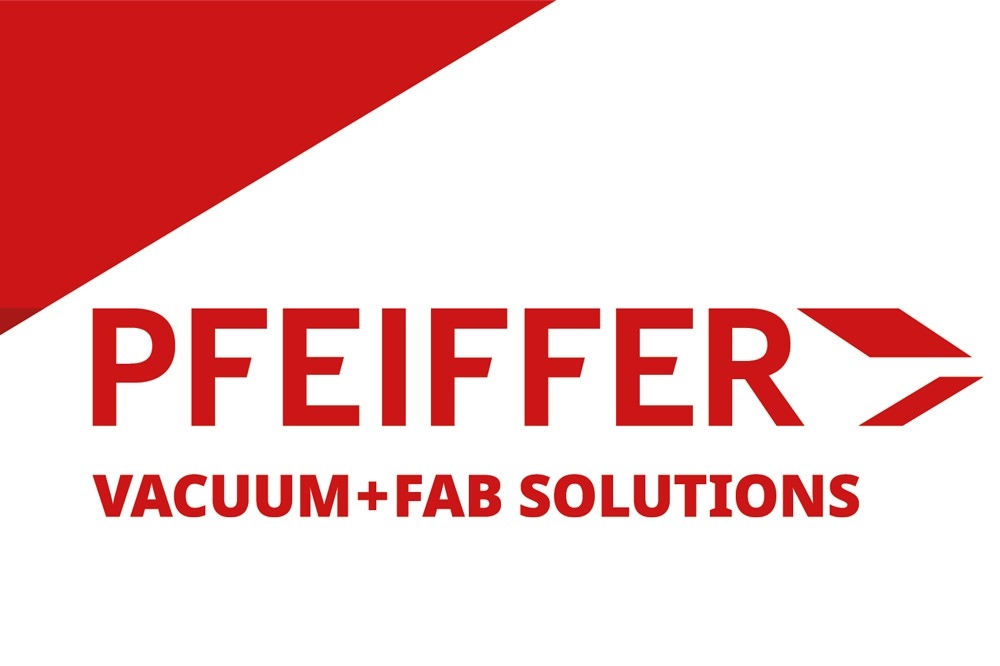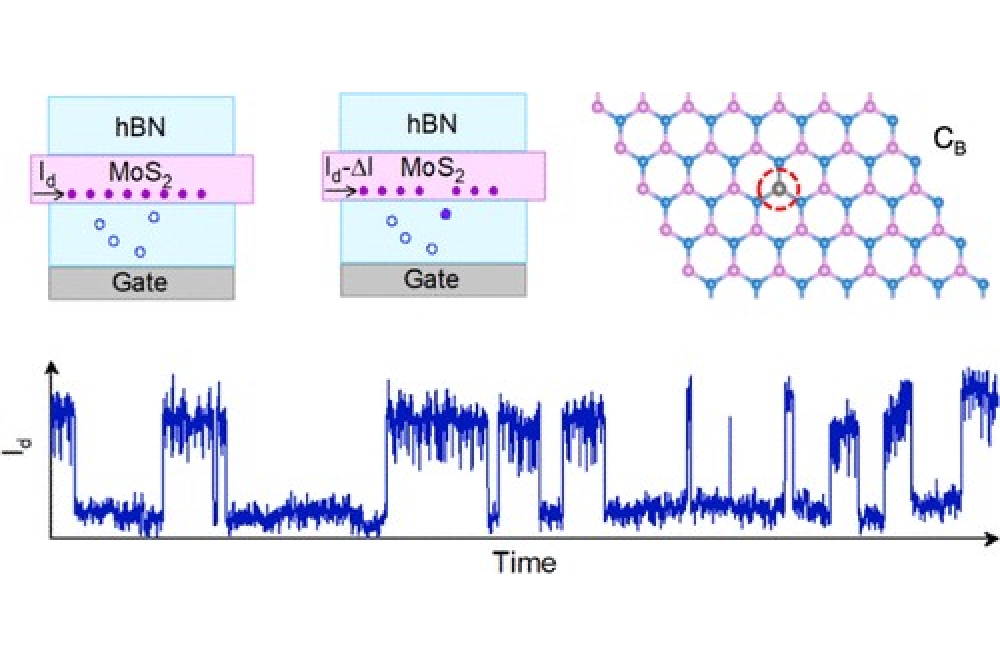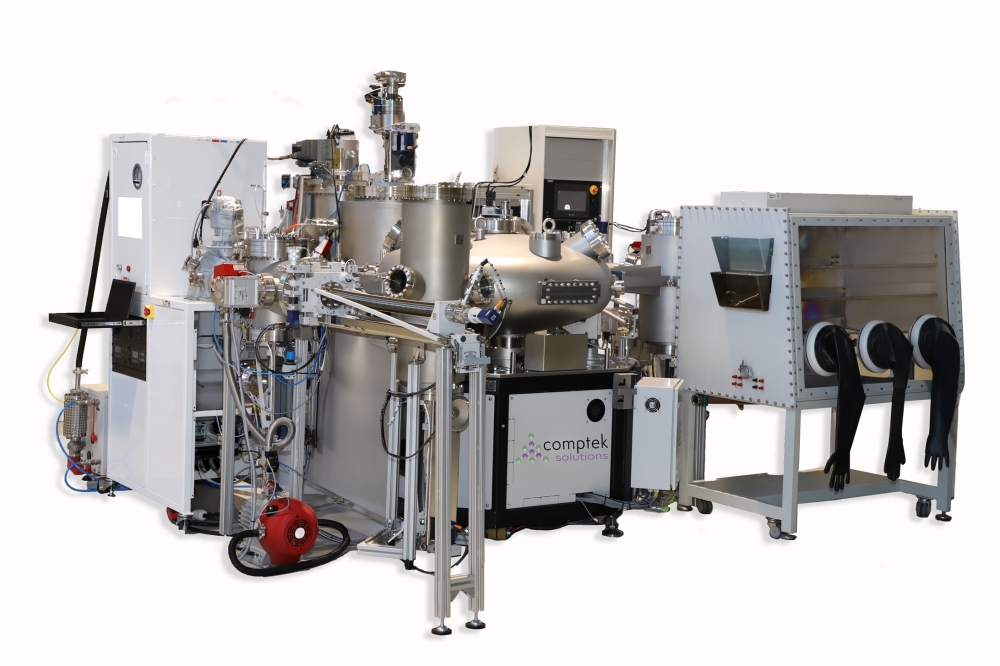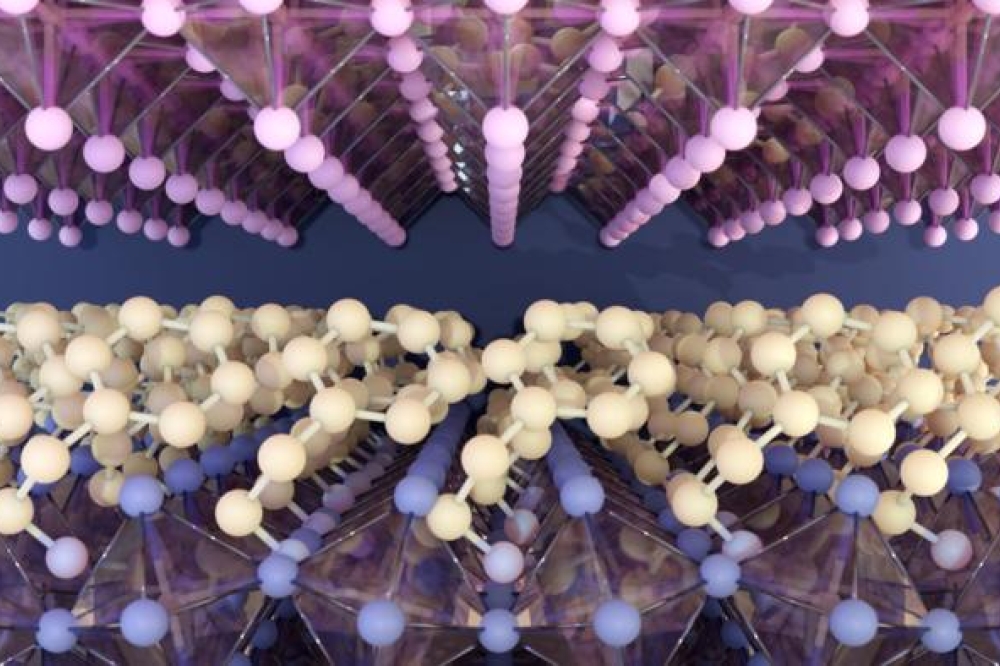News Article
Kyma's new K-Slice diamond wire technology cuts sapphire
The wire technology, which was initially used to cut silicon carbide and gallium nitride, has been modified so that it can now be used to cut sapphire
Kyma Technologies has announced the improvement and successful application of its proprietary and exclusively-licensed, patent-pending K-Slice diamond wire technology.
The process is used for the slicing of high quality sapphire boules for LED substrate manufacturing.

The first slices from a 2” LED quality sapphire boule using Kyma’s K-Slice super-abrasive diamond wire technology in a commercial multi-wire saw configuration
Kyma says its K-Slice diamond wire utilises a steel core and metal matrix approach which has several advantages over competing diamond wire technologies. The K-Slice diamond wire is claimed to be more durable than that produced using steel plus epoxy approaches, is less costly than that produced using electroplating techniques. The firm also says it features high thermal conductivity and a long wire lifetime.
While Kyma has routinely used K-Slice diamond wire to slice such hard materials as GaN and SiC, initial attempts to slice sapphire (Al2O3) boules indicated there was opportunity to further improve the K-Slice manufacturing process.
Eugene Shishkin, Kyma’s Senior Wafering Engineer, investigated how the K-Slice manufacturing process could be modified to create a more sapphire-friendly wire. His efforts were successful and have helped Kyma to greatly improve the quality and speed of slicing 2” diameter sapphire boules while maintaining low kerf loss and long wire lifetime.
Kyma’s K-Slice diamond wire is available on spools with a wire length between 1km and 3km. It is available with an outer diameter of 220-225µm and diamond size 20-30µm. Other wire diameters and diamond sizes are available upon request.
The market for nitride semiconductor devices was about $9 billion in 2011 and is expected to surpass $60 billion over the long term, including $30 billion in visible lighting applications and $30 billion in power electronics applications.


































